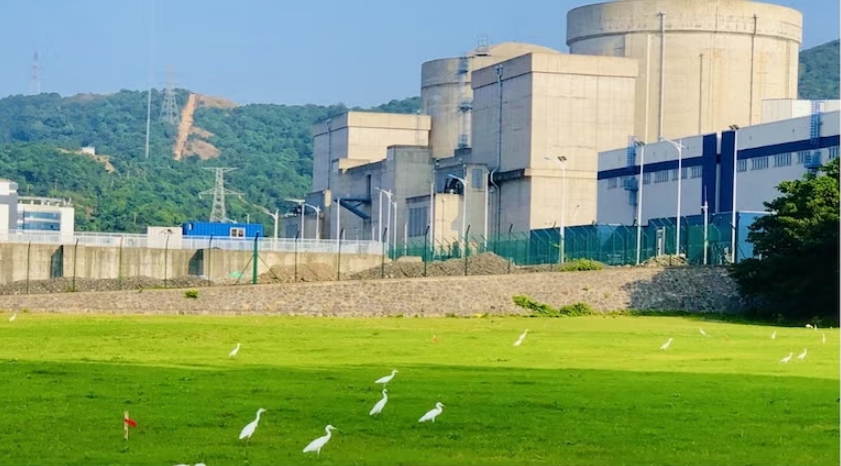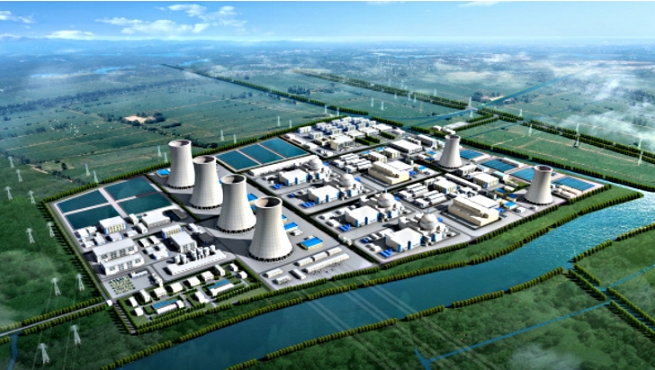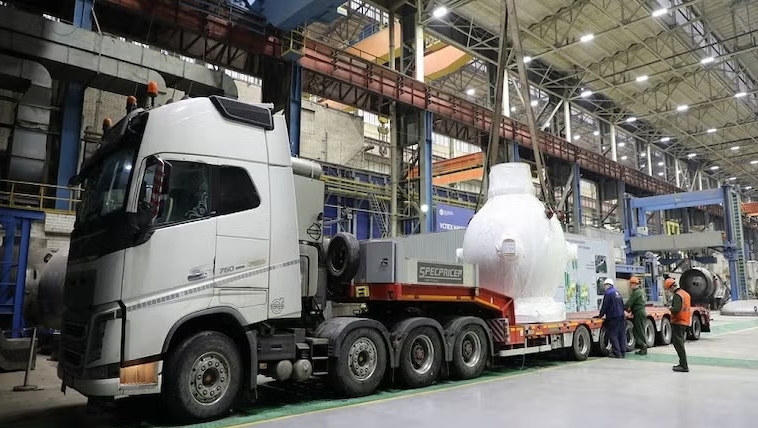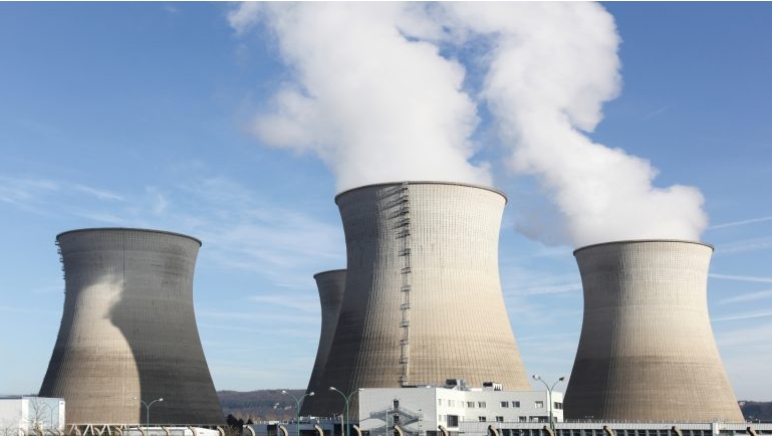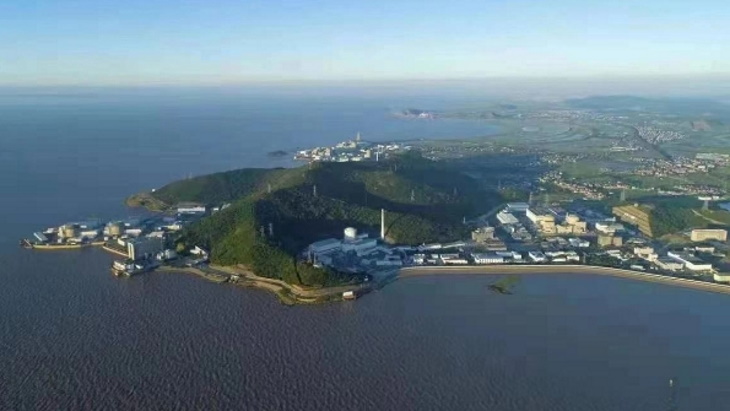Endesa to Close Two Giant Spanish Coal Plants
03 Feb 2020 by Sonal Patel
Endesa on Dec. 27 formally moved to shutter two massive coal-fired power plants—the 1.4-GW As Pontes plant in A Coruña, Galicia, which is the biggest coal-fired power plant in Spain, and the 1.16-GW Carboneras plant in Almería. The company made its decision based on a “wide sweeping change in market conditions caused by the increase in the price of CO 2 rights and the sharp drop in the price of gas.” These changes have “significantly” affected the plants’ “competitiveness when it comes to covering market demand,” and show no prospect of improvement, the company said.
Endesa first announced its intent to retire the plants in September, but until it filed a formal application with institutional authorities to close the plants in December, it said it had continued to study alternatives to keep both plants running using biomass. “However, as this has proved unsatisfactory, both from a technical, environmental and economic point of view, it has been discarded as a viable option,” the company said. Still, the Endesa explicitly reserved the right to withdraw the application to shutter the plants because it plans to conduct “additional combustion tests” with different fuel mixtures at both plants over the coming months. It remained hopeful results would “vary and guarantee the viability of the plants.”
The closures appear certain, however, and Endesa has since voluntarily submitted action plans to promote development of economic activities and foster job creation in A Coruña and Almería. The “Futur-e” plans suggest that the company will guarantee the jobs of all employees at the two plants (including 174 workers at As Pontes and 113 workers at Carboneras) through relocation and retraining. “Specifically, relocation processes will be opened and training measures have already begun to improve the technical skills of employees, who will also be taken into account for the dismantling of the plants and future operation and maintenance of the new renewable farms,” it said. Dismantling the four-unit As Pontes plant will take up to four years and require the employment of up to 200 people at peak work stages. At the two-unit Carboneras project (Figure 5), dismantling could take three years after about 18 months of preparation work, and likely require up to 160 people at peak work stages.
Endesa now plans to invest €1.6 billion to replace the As Pontes station’s lost capacity in Galicia with 1.5 GW of new wind capacity, which it plans to install by 2026. At least 165 MW of this capacity has so far been confirmed, it said. In Almería, it plans to replace Carboneras’s power with 1.5 GW of solar and wind with investments of around €1.2 billion. Red Eléctrica de España (REE), Spain’s partly state-owned national grid operator, has already confirmed connection of 250 MW of this capacity. Endesa is meanwhile also mulling plans for another 2.5 GW of renewable power for the rest of Andalusia in the 2020–2026 period.
According to climate think tank E3G, Spain remains the last country in Western Europe that has not set a date for a coal power generation phase out, but the country’s coal capacity has dwindled since 2017. REE says Spain’s coal capacity stood at 9.7 GW at the end of 2019, about 9% of the nation’s total installed capacity. Compared to 2018, when coal power generated 14.3% of the nation’s power, in 2019, coal’s generation share fell to 5%. The bulk of Spain’s power in 2019 came from combined cycle natural gas plants (21.9%), followed by nuclear (21.2%), then wind (20.6%), cogeneration (11.4%), and hydropower (9%). Solar photovoltaics produced 3.5% and solar thermal added about 2%. The remainder came from other renewable and non-renewable generation.
E3G has suggested that 10 of the nation’s 15 operational coal plants are now expected to fully retire by mid-2020, owing mainly to dismal economics or costs associated with the European Union’s industrial emissions directive. European state aid requirements in 2018, meanwhile, have slashed subsidies to the nation’s legacy coal mines. Along with As Pontes and Carboneras, plants slated to close this year include Endesa’s 1.1-GW Teruel and the 1-GW Compostilla stations, which the company announced in November 2018 that it would shutter, as well as the 1.1-MW Andorra facility.
It means that by 2025, the country may have no remaining coal plants. As notably, by 2035, the country will have phased out all its nuclear reactors under a deal reached by Spain’s government and utilities Endesa, Iberdrola, and Naturgy in February 2019. Industry observers have suggested that renewables and natural gas power will likely take coal and nuclear’s place. However, that will depend on a definitive political resolution to finalize a draft climate package, which sets a 74% renewable generation target for 2030 and aims to make Spain carbon neutral by 2050. The proposed plan will also need to attract nearly €200 million of private investment over the next five years, according to Climate Nexus, a nonprofit information service that is dedicated to fact-based climate analysis, but that effort could face challenges, owing to Spain’s political vacillation on renewables.
While Spain agreed to host the 25th Conference of the Parties (COP25) to the UN’s climate body in December (after Chile pulled out in October, owing to civil unrest), development of renewables had stagnated under the previous government, which was dominated by the conservative Partido Popular party. “They cut back on subsidies for renewables, creating an effective moratorium. In addition, they instituted a ‘sun tax’ on self-consumption solar PV systems, which required owners to pay an additional tax on the energy they produced and used themselves, while requiring that owners of systems under 100 kW donate any extra energy they generated but didn’t use back to the grid for free,” explained Climate Nexus. “This change in policy created deep uncertainty and setbacks for the rooftop solar industry, halting installations for three years.”
After Pedro Sanchez of the socialist party (PSOE) became prime minister in June 2018, the country moved to abolish the “sun tax,” but finalization of the government’s February 2019–proposed draft climate plan has still been stymied by political influence. In the April elections, the Socialists still won the most seats but failed to secure bids to form a coalition government. New elections this November, meanwhile, resulted in a surge in seats for the far-right Vox party, whose leader Santiago Abascal has called anthropogenic climate change a hoax. According to Climate Nexus, the Socialists will now need to attract more support from smaller and regional parties to gain traction for the climate plan.
However, even with the political uncertainty, in the first 11 months of 2019, Spain added more than 4 GW of new wind and solar capacity as developers rushed to meet auction deadlines. After years of stagnancy, even this level of renewables buildout is notable, industry observers said.
